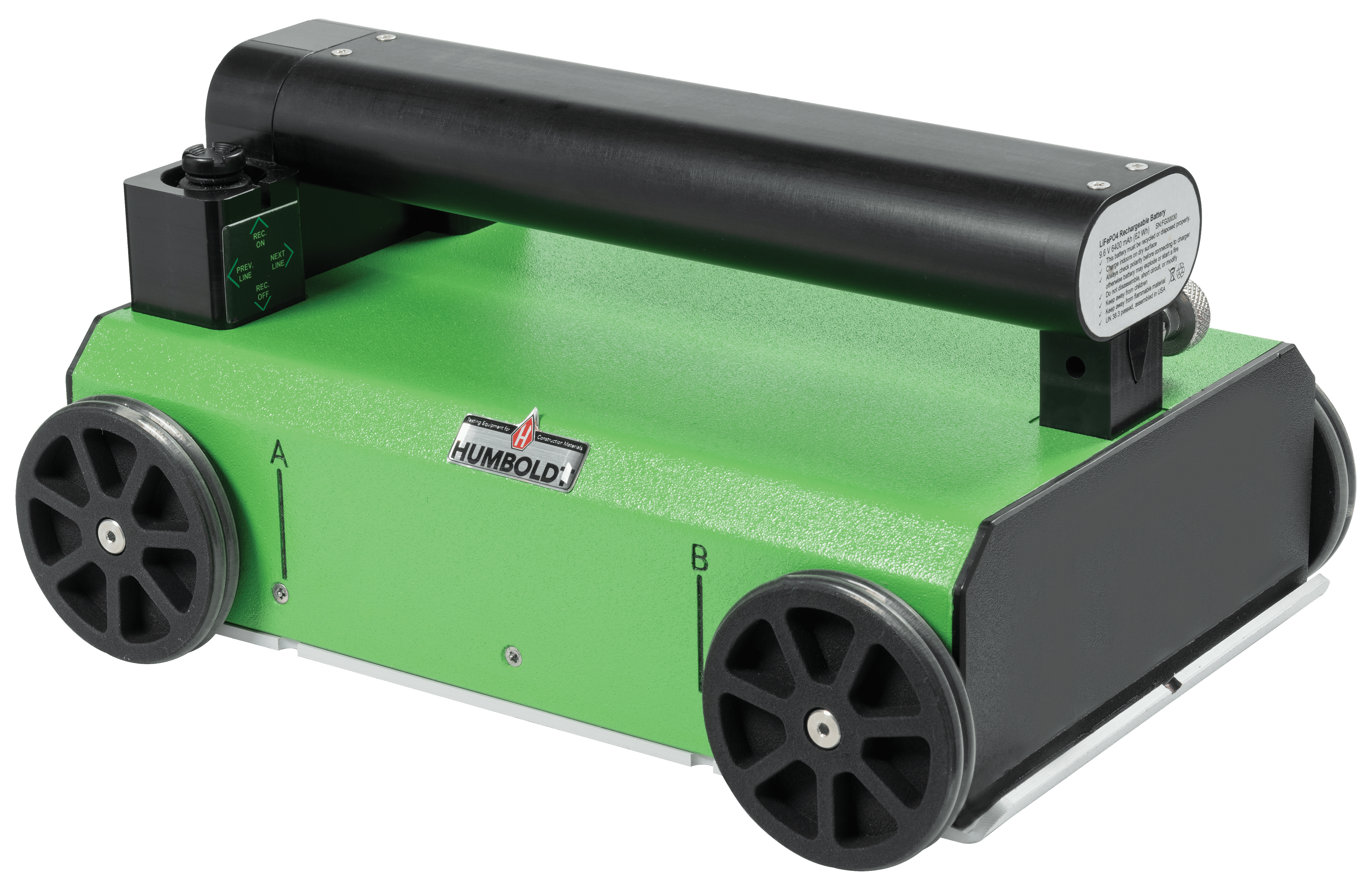The Importance of Exact Concrete Scanning in Finding Underground Hazards
In the realm of building and infrastructure development, the value of specific concrete scanning can not be overemphasized. Underneath the seemingly solid ground lie elaborate networks of utilities, pipes, and various other subsurface frameworks that are often invisible to the nude eye. The capability to accurately spot and map these underground threats is not just an issue of ease yet a vital facet of making certain the safety of both building and construction employees and the integrity of the task itself. By releasing sophisticated scanning innovations and methodologies, specialists can uncover covert threats, stop costly damages, and eventually pave the method for smoother and safer building ventures.
Advanced Scanning Technologies for Detection
Advanced radar systems are transforming the area of below ground discovery by giving unrivaled precision and performance. These innovative scanning technologies utilize ground-penetrating radar (GPR) to develop comprehensive pictures of subsurface frameworks, using insights into what exists under the surface area with impressive clearness. By releasing high-frequency pulses right into the ground and gauging the reflections, radar systems can identify variations in material composition and discover underground threats such as cords, gaps, and pipelines.
Among the essential benefits of these advanced radar systems is their non-invasive nature, permitting extensive examinations without causing damages to the existing structures. This not only guarantees the security of the surrounding setting yet additionally decreases the requirement for expensive repairs or disruptions to recurring building and construction jobs. In addition, the real-time data provided by these scanning modern technologies allows fast decision-making and boosts general job efficiency.
Relevance of Subsurface Mapping

Exact subsurface mapping helps in avoiding expensive damages to existing underground framework, decreasing the danger of mishaps, and maintaining project timelines. It enables task supervisors to make educated choices concerning site preparation, devices implementation, and resource allocation. Additionally, subsurface mapping permits much better sychronisation among different teams dealing with a task and assists in adhering to regulatory requirements connected to below ground energy detection.
Mitigating Risks in Construction Projects
Reliable risk mitigation approaches are vital for guaranteeing the success and safety of building tasks. One vital aspect of mitigating dangers in building jobs is extensive planning and evaluation at the initial stages.
Additionally, establishing clear interaction channels amongst all project stakeholders and ensuring rigorous adherence to safety and security procedures are important elements of threat mitigation. Routine assessments, click here to read quality assurance steps, and monitoring of work progression can assist in determining and resolving any arising dangers promptly. Moreover, having contingency plans in position for unexpected difficulties can dramatically lower the impact of disruptions on the job. By proactively applying durable threat mitigation techniques, building and construction projects can reduce delays, expense overruns, and safety cases, ultimately resulting in successful task results.

Preventing Pricey Problems and Hold-ups
To lessen economic losses and task troubles, reliable strategies have to be applied to avoid pricey damages and delays in building and construction jobs. Recognizing these blockages early on helps in preparing the job format much more efficiently and preventing possible problems during excavation.
In addition, purchasing training programs for building and construction employees on the relevance of concrete scanning and risk-free excavation techniques can considerably reduce the risk of crashes and delays. Clear interaction channels in between project supervisors, designers, and on-site employees are likewise important to guarantee that every person recognizes the prospective hazards and follows the essential protocols to protect against expensive problems. By focusing on proactive measures like concrete scanning and promoting a culture of safety and understanding, building tasks can minimize the economic influence of unforeseen underground obstructions and avoid expensive hold-ups.
Ensuring Security of On-Site Worker
By prioritizing positive measures such as extensive training programs and clear communication channels, building and construction jobs can ensure the safety of on-site workers amidst the prospective hazards discovered via concrete scanning. Proper training gears up workers with the knowledge and abilities required to navigate building and construction websites safely, especially when hazards are recognized through scanning processes. Training must cover danger recognition, emergency situation procedures, and the proper utilization of individual protective equipment to reduce dangers successfully.
In addition, establishing clear communication networks is crucial for disseminating information regarding determined threats quickly. This makes sure that all on-site employees know potential threats and can take essential precautions to prevent accidents. Normal security instructions, tool kit talks, and consistent updates regarding scanning results aid keep everybody get more educated and aggressive in preserving a safe working setting.
In addition, implementing stringent adherence to safety and security protocols and laws, conducting regular security audits, and fostering a society of security awareness among workers are essential elements in guaranteeing the well-being of on-site employees throughout construction tasks - RainierGPR Concrete Scanning. Positive precaution not only shield employees from damage yet also add to the total success and effectiveness of the project
Conclusion
Utilizing innovative scanning innovations and subsurface mapping helps mitigate risks in building tasks, avoiding expensive problems and hold-ups. It is imperative for building firms to prioritize the usage of exact scanning methods to lessen potential threats and make certain a smooth building process.

By proactively carrying out durable danger reduction methods, building and construction projects can reduce delays, cost overruns, and safety and security incidents, eventually leading to effective task results. - RainierGPR Concrete Scanning
To reduce economic losses and useful content task problems, efficient strategies must be carried out to protect against costly problems and delays in construction projects. By prioritizing positive measures like concrete scanning and advertising a culture of safety and security and understanding, construction jobs can minimize the financial effect of unexpected underground obstructions and stay clear of costly hold-ups.
By prioritizing aggressive measures such as thorough training programs and clear interaction channels, building and construction tasks can ensure the safety of on-site personnel amidst the prospective risks found through concrete scanning. Using sophisticated scanning modern technologies and subsurface mapping aids minimize dangers in building jobs, protecting against pricey damages and hold-ups.